Just before addressing the subject “what are the main causes of global warming”, we need to understand what global warming is!
Global warming is the gradual increase in the planet’s average temperature over time. While this warming trend has been ongoing for a long period of time, its speed has accelerated dramatically during the past century owing to a variety of variables..
The issue of climate change has arisen as a result of global warming. These terms are sometimes used interchangeably, although they are distinct. Changes in weather patterns and growing seasons all around the world are referred to as climate change. It also refers to the rise in sea level caused by warmer oceans expanding and melting ice sheets and glaciers. Climate change is a result of global warming, and it poses a severe threat to human existence on the planet in the form of widespread flooding and catastrophic weather.
Let’s try to analyze the main causes of global warming.
The main causes of global warming can be divided into two: Human causes of global warming and natural causes of global warming
The Main Causes Of Global Warming: The Human Aspect
-
Greenhouse Effect
Human activities increase the greenhouse effect, which contributes to global warming. When certain gases, known as greenhouse gases, gather in the Earth’s atmosphere, the greenhouse effect occurs. Carbon dioxide, methane, nitrogen oxide, and fluorinated gases, sometimes known as chlorofluorocarbons, are all gases that exist naturally in the environment (CFCs).
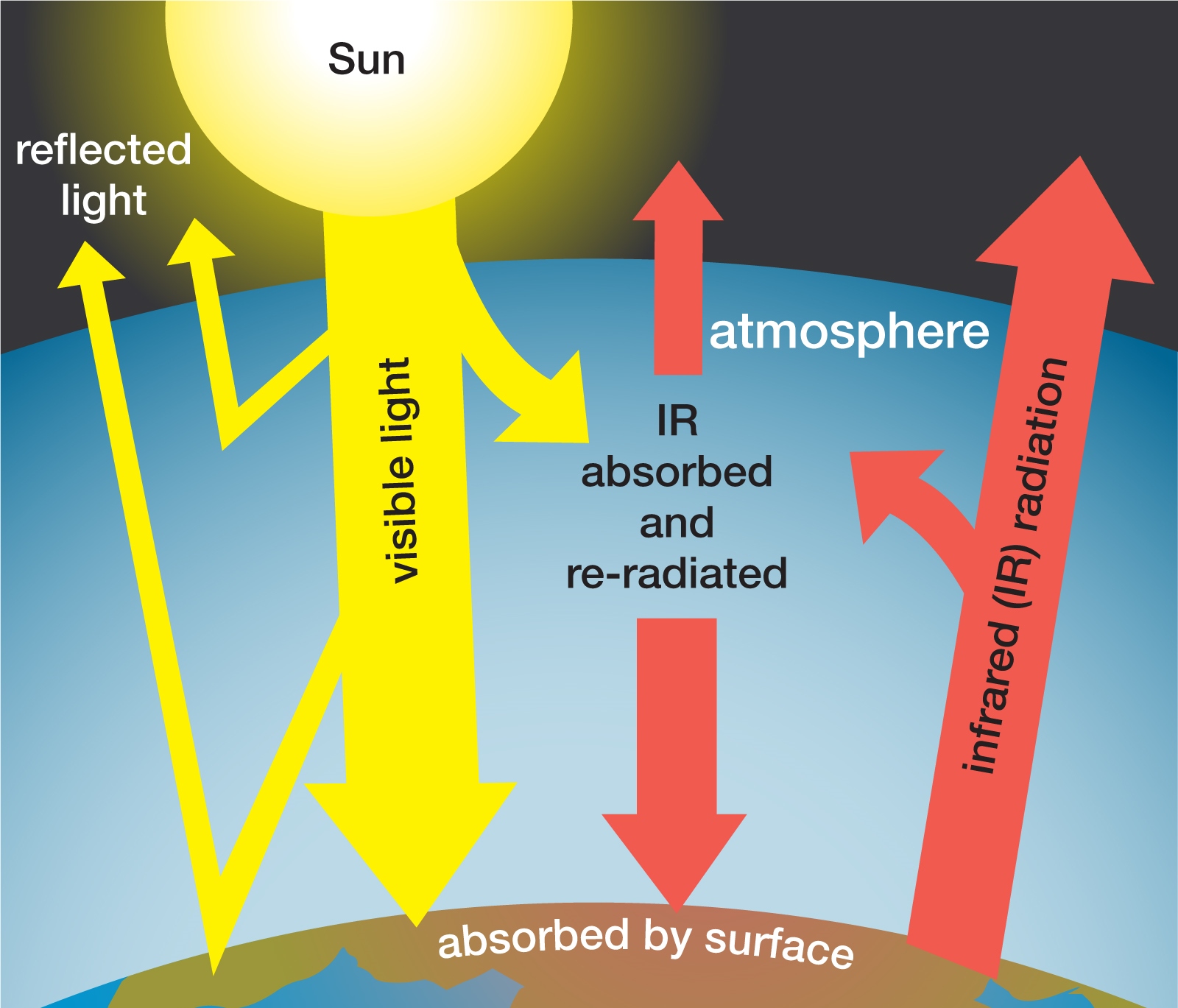
People have been releasing huge amounts of greenhouse gases into the atmosphere since the Industrial Revolution in the late 1700s and early 1800s. In the last century, that figure has risen dramatically. Between 1970 and 2004, greenhouse gas emissions climbed by 70%. Carbon dioxide emissions, the most major greenhouse gas, increased by nearly 80% over that time. Carbon dioxide levels in the atmosphere now are much above the typical range experienced over the previous 650,000 years.
2.Travel & Transportation
 The great majority of cars on the road (as well as those in the air and on the sea) run on fossil fuels like gasoline. These cars emit carbon and other pollutants when they burn this fuel to run their engines, damaging both air and water quality. In reality, transportation was a major source of greenhouse gas emissions in the United States in 2016.
The great majority of cars on the road (as well as those in the air and on the sea) run on fossil fuels like gasoline. These cars emit carbon and other pollutants when they burn this fuel to run their engines, damaging both air and water quality. In reality, transportation was a major source of greenhouse gas emissions in the United States in 2016.
Greenhouse gases trap heat in the
atmosphere, resulting in rising global temperatures. It is this rise in global temperatures that, if not addressed, will result in the global disaster predicted in the IPCC report. Once you realize how much people drive, it’s easy to see why transportation is such a significant contributor to global warming.
3. Industrialization
The transformation of economies from a predominantly agricultural to a predominantly industrial foundation is considered to have been the initial cause of the current state of global warming. Global warming, according to research, was sparked in part by the Industrial Revolution in the United States and other nations in the mid-nineteenth century.
While these developments occurred roughly two centuries ago in the United States and Europe, other global economies are emerging now, adding to industrialization and associated pollution.
4.Deforestation
Yearly, thousands of hectares of plants are destroyed, whether for timber harvesting or paper production, for cultivation and ranching, or to give room for industrial and residential expansion.
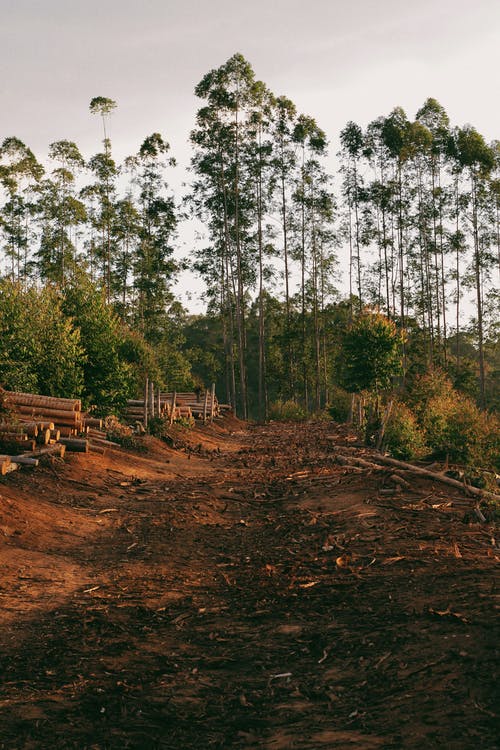 Forests store massive amounts of carbon, effectively eliminating it from the air and blocking it from being incorporated into the atmosphere; this is particularly true in rainforests, which are much more vulnerable than other ecosystems. In addition to removing trees’ natural air-cleaning role, deforestation reduces biodiversity, which can have far-reaching consequences across whole ecosystems, exposing whole communities to danger.
Forests store massive amounts of carbon, effectively eliminating it from the air and blocking it from being incorporated into the atmosphere; this is particularly true in rainforests, which are much more vulnerable than other ecosystems. In addition to removing trees’ natural air-cleaning role, deforestation reduces biodiversity, which can have far-reaching consequences across whole ecosystems, exposing whole communities to danger.
5.Overfishing
Fishing supports hundreds and thousands of employment worldwide, and around 3 billion people rely on fish as their primary source of nourishment. However, like with other businesses, humans have produced too much of a good thing, and overfishing is jeopardizing the global climate.
Greater fish and other marine life in the water means more carbon sequestration, which is a critical method for storing carbon emissions.
The oceans are thought to store some 38,000 gigatonnes of carbon, making them the world’s biggest carbon storehouse. However, when more fish are harvested from the ocean, more carbon dioxide is released into the atmosphere, resulting in global warming.
-
Livestock Production
Ranching has a role in climate change in a number of ways. Aside from cutting trees to make place for enormous areas suitable for the care and feeding of food-producing animals, these animals produce a tremendous quantity of waste, which releases methane, a particularly destructive greenhouse gas. According to one forecast, meat and meat products consumption would continue to rise, possibly tripling by 2050.
7.Fossil Fuel Burning
The decay of buried carbon-based creatures that perished millions of years ago produces fossil fuels. They produce carbon-rich deposits, which are mined and burnt for energy. They are non-renewable and now provide roughly 80% of global energy. They’re also utilized to produce plastic, steel, and a variety of other things. Coal, oil, and gas are the three forms of fossil fuels.
Carbon dioxide is produced when any carbon-based fuel is burned. Carbon dioxide is normally discharged into the atmosphere unless it is caught and stored.Carbon dioxide is produced when carbon-based fuels are burned. Unless this carbon dioxide is caught and stored, it is normally discharged into the atmosphere.
What is the issue with carbon dioxide? Carbon dioxide (CO2) is one of a variety of gases that are transparent to visible light from the Sun but absorb infrared radiation (heat) released by the Earth’s heated surface, preventing it from being lost to space.
Throughout the Earth’s geological history, the amount of carbon Dioxide in the atmosphere has changed significantly, which has had an effect on global temperature. Approximately 300-360 million years ago, a considerable quantity of this carbon in the atmosphere was sequestered or (taken from the atmosphere) and converted into inert substance (coal and oil). Since that time period, all of the world’s ecosystems and animals have adjusted to a reduced amount of atmospheric CO2, and significantly, human civilization has also risen.
Mankind have been destroying sequestered CO2 in the form of coal, oil, and natural gas since the industrial revolution, which results in the release of energy but also in the release of CO2 back into the atmosphere.
-
General Air Pollution
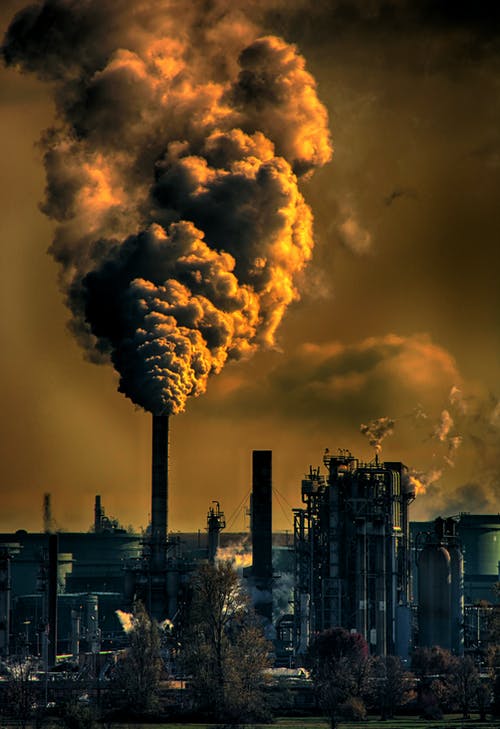 The presence of compounds in the atmosphere that are damaging to the health of people and other living creatures, or that cause injury to the climate or materials, is referred to as air pollution. Sulfur dioxide, carbon monoxide, ammonia, nitrous oxides, methane, and chlorofluorocarbons are examples of air pollutants. There are also particles (both organic and inorganic) and biological molecules which pollute the air
The presence of compounds in the atmosphere that are damaging to the health of people and other living creatures, or that cause injury to the climate or materials, is referred to as air pollution. Sulfur dioxide, carbon monoxide, ammonia, nitrous oxides, methane, and chlorofluorocarbons are examples of air pollutants. There are also particles (both organic and inorganic) and biological molecules which pollute the air
Air pollution may cause illness, allergies, and even death in people; it may also harm other living species including animals and food crops, as well as impact the natural environment (such as climate change, ozone depletion, and habitat destruction) and the built environment (for instance, acid rain).
-
Land-use change
Climate change may be influenced in a variety of ways by changes in land use. The greatest immediate effect is felt when the Earth’s albedo, or surface reflectance, is altered. For example, the gradual replacement of forest by agriculture and grassland in the middle latitudes over many centuries has increased albedo, resulting in increased reflection of incident solar radiation in those locations.
Land-use changes may also have an effect on climate through altering the heat exchange between the Earth’s surface and atmosphere. For instance, vegetation contributes to the evapotranspiration of water into the atmosphere. Plants absorb liquid water from the soil through their root systems during this process. Eventually, this water is transferred into the atmosphere by transpiration, through the stomata on leaves.
Other Articles To Read
10.Garbage
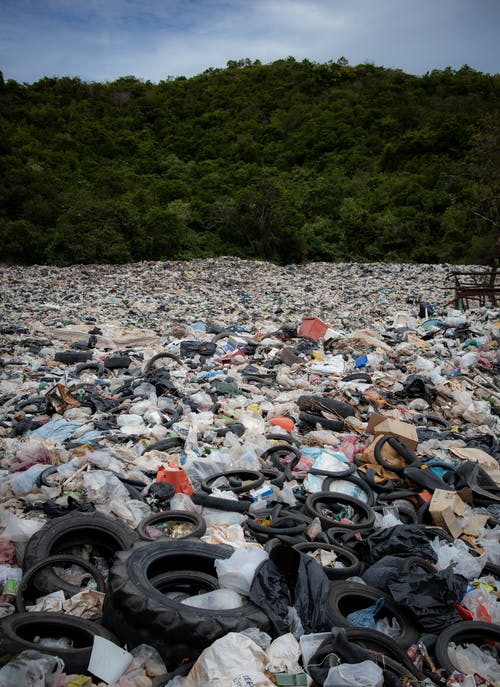 Methane and nitrous oxide gases are released as waste decomposes in landfills. Waste removal and treatment are responsible for around 18% of methane gas in the atmosphere.
Methane and nitrous oxide gases are released as waste decomposes in landfills. Waste removal and treatment are responsible for around 18% of methane gas in the atmosphere.
11.Overpopulation
Overpopulation is another factor contributing to global warming. It is one of the main causes of global warming.Because CO2 contributes to global warming, population growth exacerbates the problem by releasing more carbon dioxide into the atmosphere. Greater people entail more demand for food, more CO2 in the atmosphere, more demand for automobiles, and more need for housing.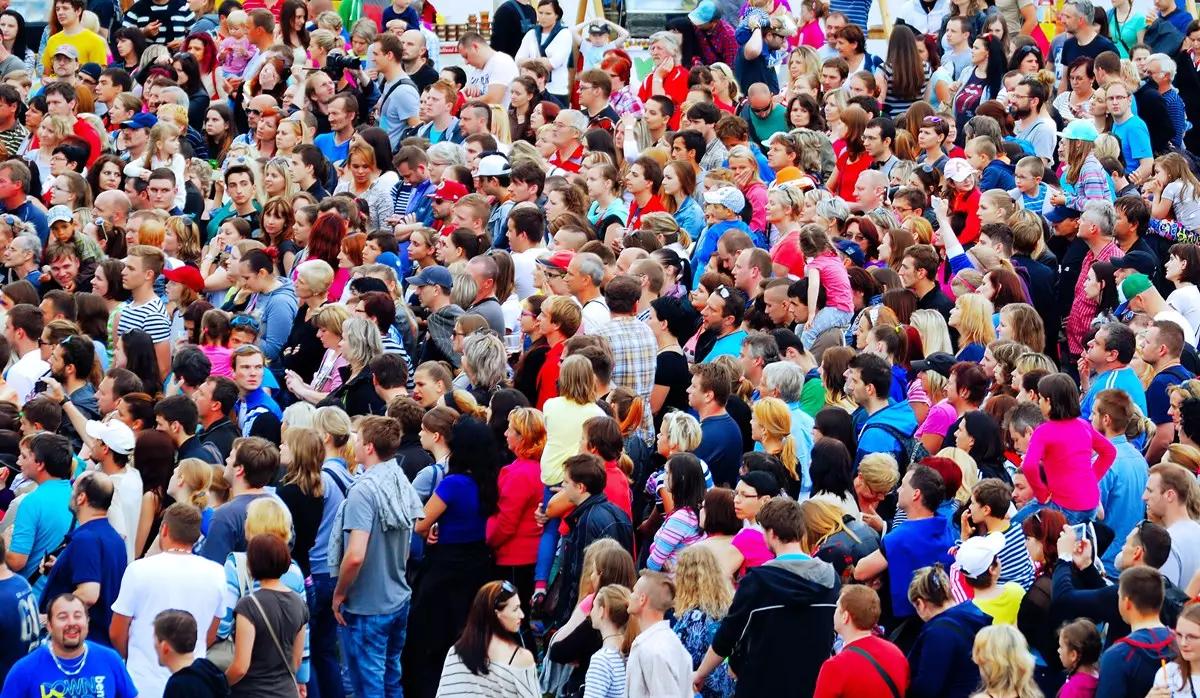
Because the transportation sector is responsible for the transfer of goods and services, increased food demand will result in increased transportation. More demand for automobiles implies more pollution in the air and higher traffic on the roads, which means longer wait times at traffic lights and more fuel use. More housing demand necessitates the removal of plants and trees to create space for new residences, schools, and universities.
The Main Causes Of Global Warming: The Natural Aspect
-
Forest Fires
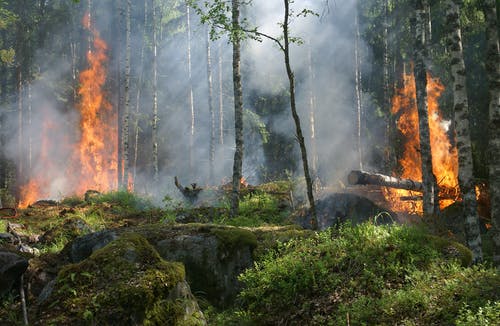 Natural deforestation is significant as far as the main causes of global warming is concerned. Natural forest fires are often seen on television, demonstrating the damage caused to mountain houses and villages. While this loss is heartbreaking, the repercussions of these natural forest fires represent a threat to the earth’s air.
Natural deforestation is significant as far as the main causes of global warming is concerned. Natural forest fires are often seen on television, demonstrating the damage caused to mountain houses and villages. While this loss is heartbreaking, the repercussions of these natural forest fires represent a threat to the earth’s air.
Forest fires release carbon-dioxide-laden smoke into the sky, and new woods grow slowly and are unable to create enough oxygen to breathe in the suddenly stifling carbon air. While natural forest fires ultimately burn out, the ashes include harmful chemicals that get trapped in the atmosphere.
-
Permafrost
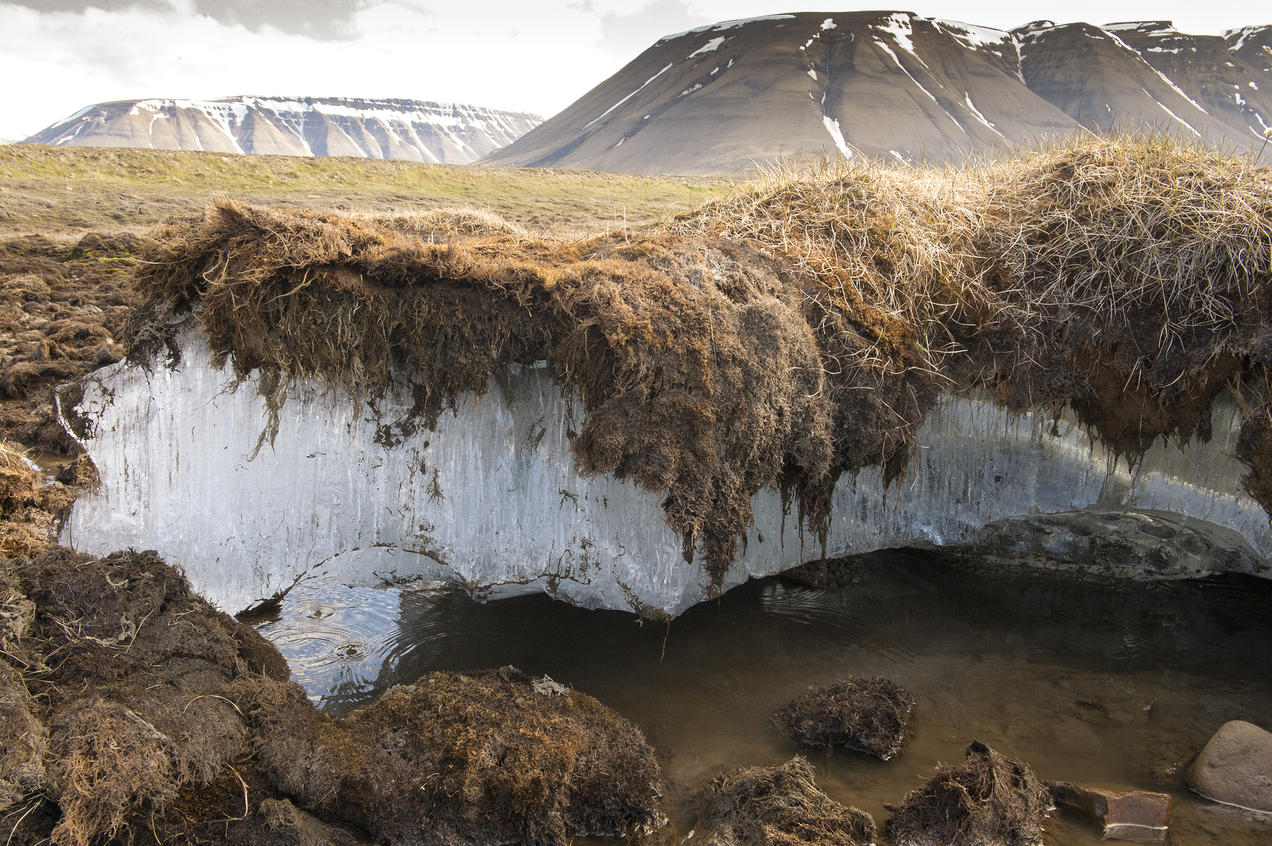
-
Sunspots
 The Environmental Protection Agency (EPA) reports that sunspots are boosting the world temperature. Sunspots act as a barrier to the passage of solar plasma, which emits radiation. You do not have to work for NASA to understand that radiation is harmful. Solar flares and sunspots are very strong and unstoppable.
The Environmental Protection Agency (EPA) reports that sunspots are boosting the world temperature. Sunspots act as a barrier to the passage of solar plasma, which emits radiation. You do not have to work for NASA to understand that radiation is harmful. Solar flares and sunspots are very strong and unstoppable.
They have the potential to alter the energy radiated to the earth’s atmosphere, hence increasing climatic temperature. Solar flares, on the other hand, have occurred naturally for millions of years. If sunspots and solar flares were solely to blame, the world’s recent temperature rise would be negligible.
-
Water Vapor
If you believed NASA was primarily concerned with preparing moon missions and circling outer space, you were mistaken. NASA estimates that around two-thirds of the gases trapped in the dense blanket are in the form of water vapor. This hitch in tow effect results in an increase in temperature and vapor. Because the water vapor is unable to escape, the climate transforms to a hotter state. NASA continues to research ways to mitigate the effects of water vapor on global warming.
-
Animal Kingdom
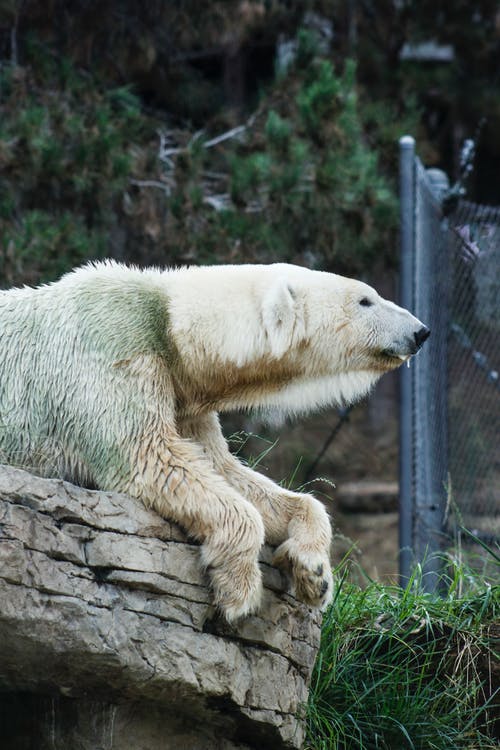 Our pleasant, fuzzy, weird, and sometimes extreme animal companions share part of the responsibility, kind of. While animals also exhale carbon dioxide and methane, their contribution is negligible in comparison to humans and their non-renewable energy usage. Although the emission of carbon dioxide by nature’s animals is minimal, it is nonetheless a natural component contributing to the increase of carbon dioxide in the atmosphere.
Our pleasant, fuzzy, weird, and sometimes extreme animal companions share part of the responsibility, kind of. While animals also exhale carbon dioxide and methane, their contribution is negligible in comparison to humans and their non-renewable energy usage. Although the emission of carbon dioxide by nature’s animals is minimal, it is nonetheless a natural component contributing to the increase of carbon dioxide in the atmosphere.
We have addressed the main causes of global warming…but what is the way out?